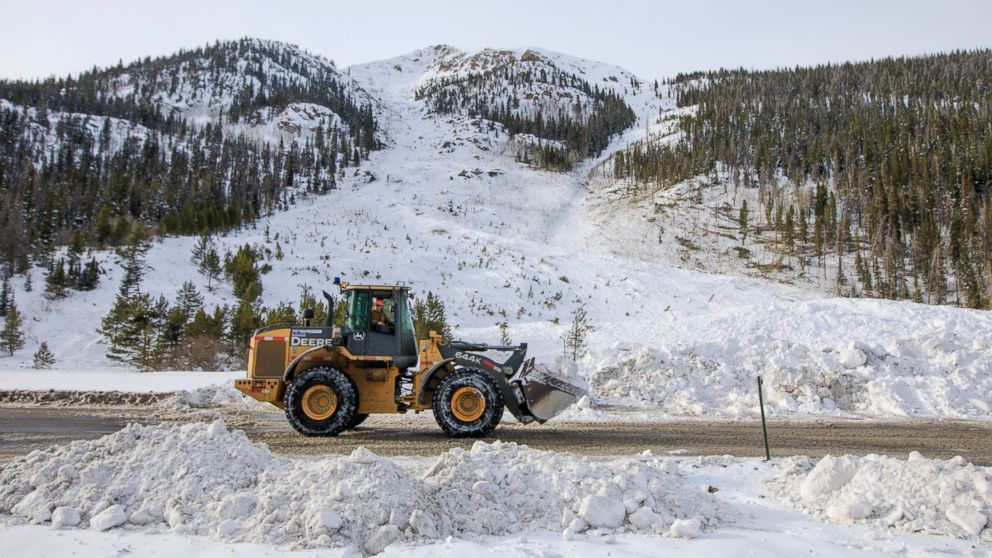
A new study suggests that strategic reforestation may help to mitigate avalanches in certain areas. SLAB Laboratory, based in Vaud Canton of Switzerland, studies the physics of avalanches using computer-generated models fed with historic avalanche data. Researchers were interested to see how wildfires in 2018 affected the winter avalanche cycles in the mountains around Vaud.
In Europe and North America, forests are drying at an alarming rate. The drying of forests is being driven by a warming climate, which is leading to an increase in wildfires. Long after those fires are extinguished they still pose a threat. Many of the areas that burn in the summer are iconic ski and snowboard destinations in the winter. When it snows in the mountains there will inevitably be avalanches. But how are wildfires and avalanches connected?
Trees as Anchors
Trees can act as anchors for the snowpack. The more anchors on a steep slope, the less likely the slope is to slide (there is always potential the slope could slide). After a wildfire, most trees die, which weakens them over time. These weak trees become poor anchors in the snowpack, increasing the likelihood of an avalanche. This was a large concern in Vaud Canton as the steep slopes that burned are directly above the picturesque Swiss town. Avalanches were previously unlikely in the thickly wooded area. After the 2018 fires, people worried that one avalanche could take out an entire town.

After modeling many different scenarios, researchers from SLAB concluded that strategic reforestation could mitigate avalanches. They determined that a scattered clusters pattern would be the most effective when planting new trees. This pattern would help to dissipate an avalanche’s energy the best. Since avalanches could rip out many of the new trees, reforestation would have to take place over many years to assure full rebound. It is also important to note that these efforts would only work at lower elevations where trees are already prevalent.
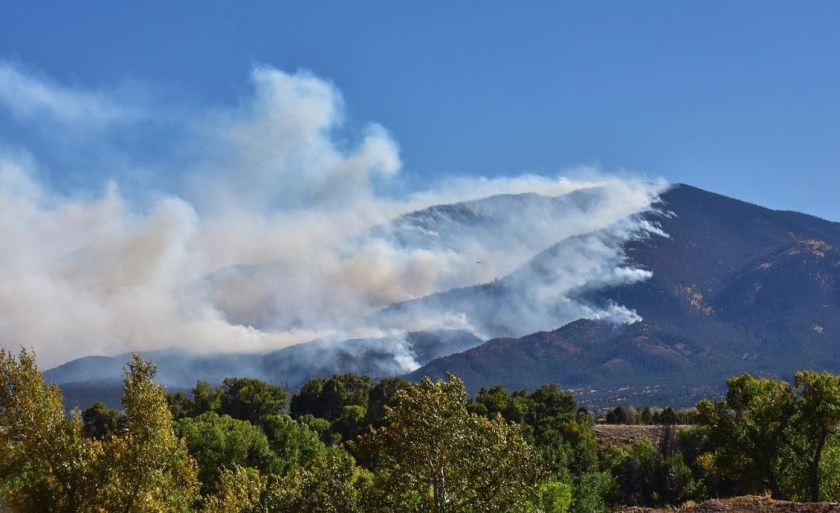

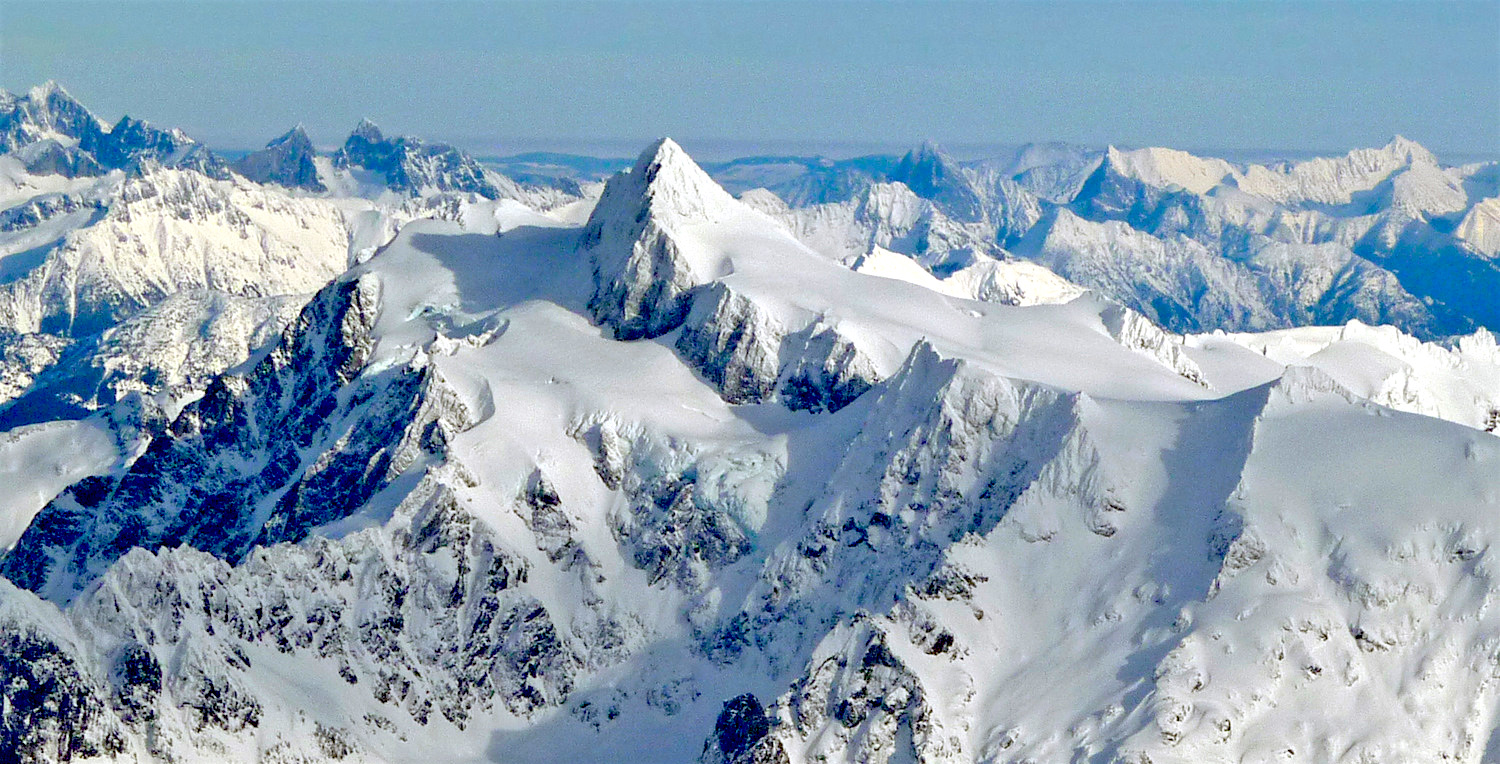
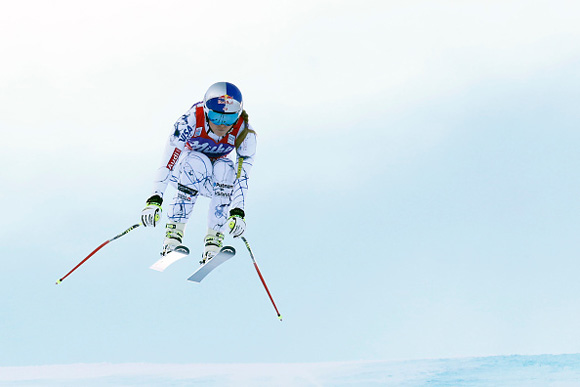

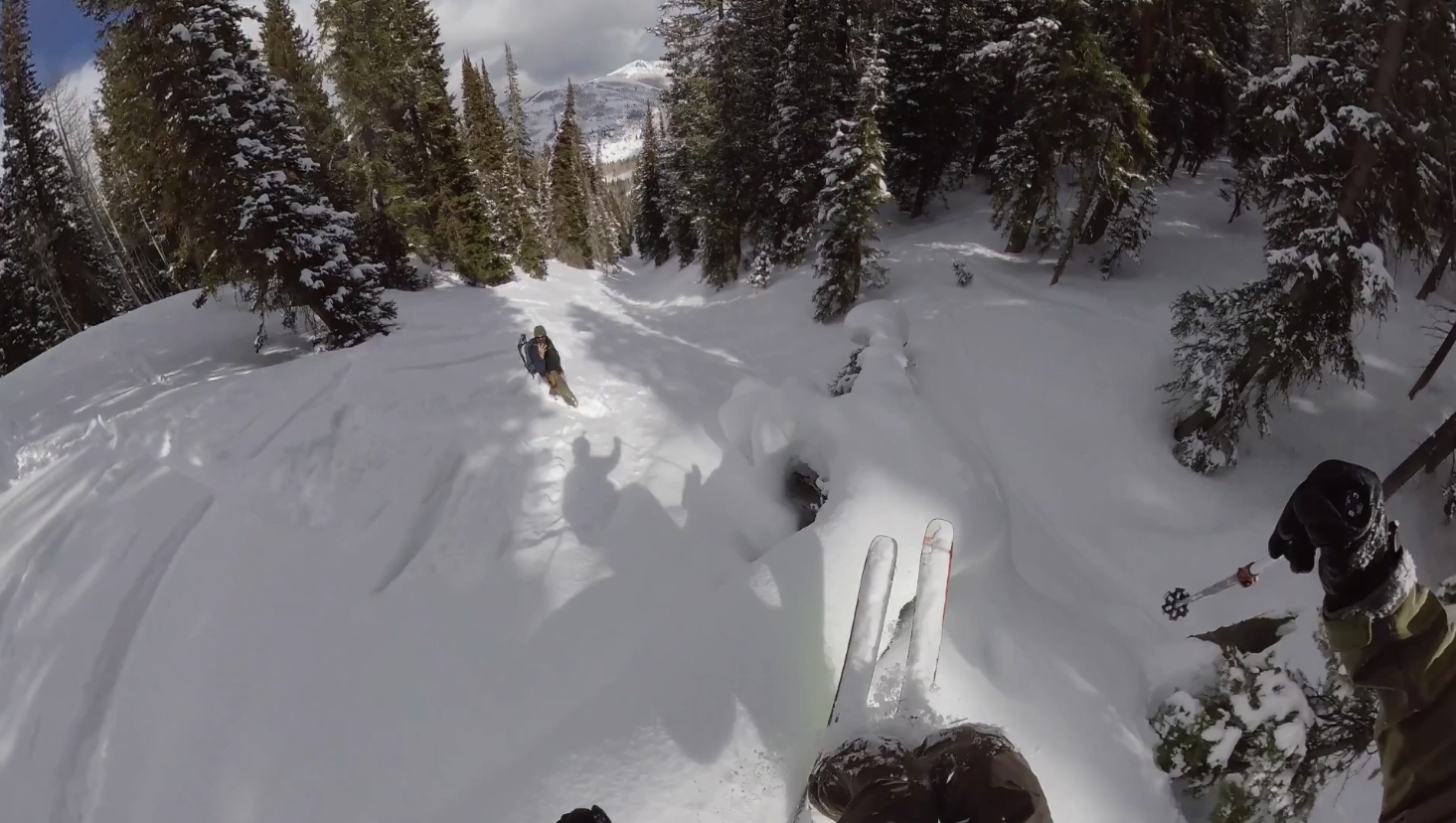
Can I ask where that last picture is, if you know? Looks like it’s south of Salida to me. Just curious 🙂
You are correct! That picture is from the Decker Fire just south of Salida in 2019.
Makes sense
The forests in European mountains have been managed for hundreds of years with an eye toward minimizing the chance of an avalanche taking out a town. Essentially, the trees above a town site were always managed as a protective measure for the town. So the idea of a protective forest is valid, keeping in mind that the mature managed European forest has trees of all ages–many younger trees, lots of not-quite-mature trees, fewer mature trees and a smattering of very old trees.
In the case of reforestation specifically for avalanche mitigation, the planting of trees has merit if you think in the long term, like several hundred years for the full effect. In the case of a known slide path, the reforestation will be delayed–the initial planting will probably take a bit longer to establish resulting in a slow advance to a mature forest.
A couple of things. First of all, a weaker anchor point in the snowpack, whether that be a rock, tree, etc. doesn’t necessarily increase the risk of avalanches. Second, trees really have to be incredibly close together to effectively break up slab layers to the point where they can make a significant impact on the stability of a slope. That being said, it is possible to plant that many trees, but it would be an extremely costly and time-consuming process. There is another glaring issue with planting trees to mitigate avalanches, especially in pre-existing avalanche paths that slide frequently such as the first image in the article. A snowpack obviously has layers that form with different conditions throughout the season. Trees that are too young will not be effective past a few layers up from the ground. These are layers that are generally formed by unstable early season conditions (early snowfall followed by a period of cold faceting, etc.). If these layers close to the ground are weak enough to fail, they usually do some late in the season. If during the season the faceted crystals didn’t have a chance to round, by this point in the season there would generally be enough snowpack on top to generate enough force to rip the young trees straight out of the ground if it slid. This would essentially render anchor seeding useless in zones that slide frequently. Definitely an interesting idea to think about, but I can’t necessarily see it being practical.